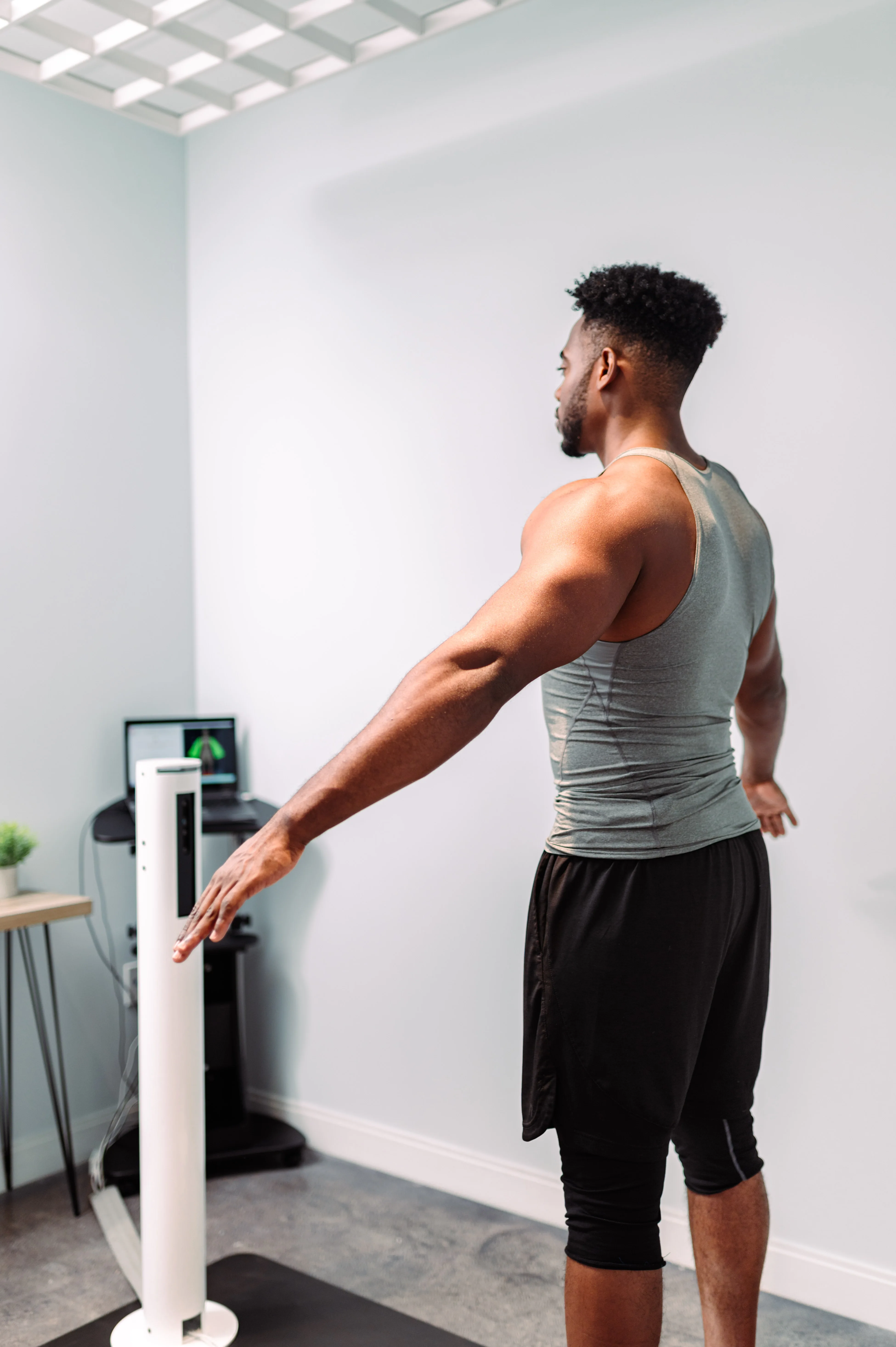In the pursuit of innovative medical treatments, hyperbaric oxygen therapy (HBOT) has emerged as a captivating and promising avenue. This therapeutic approach involves breathing pure oxygen in a pressurized room or chamber, exceeding atmospheric pressure at sea level. The heightened oxygen levels during HBOT facilitate various physiological processes, offering a spectrum of therapeutic benefits. Let’s delve into the fascinating world of hyperbaric oxygen and its diverse applications in modern medicine.
Understanding Hyperbaric Oxygen Therapy
Hyperbaric oxygen therapy operates on a simple principle: by increasing the pressure around the patient and administering pure oxygen, the body receives significantly higher amounts of oxygen than what is possible under normal conditions. This intensified oxygenation is believed to trigger a cascade of healing mechanisms within the body.
1. Enhanced Oxygen Delivery
In a hyperbaric environment, the lungs absorb a higher concentration of oxygen, and the bloodstream becomes a carrier for delivering this oxygen to every cell in the body. This process ensures that tissues receive ample oxygen, promoting healing and recovery.
2. Anti-inflammatory Effects
HBOT has shown anti-inflammatory properties, contributing to its effectiveness in conditions where inflammation plays a significant role. By modulating inflammatory responses, this therapy holds promise for treating various inflammatory disorders.
3. Improved Blood Flow
The increased pressure and oxygen levels in the blood promote vasodilation, enhancing blood flow to compromised or injured tissues. This improved circulation aids in the recovery of wounds, injuries, and other vascular issues.
Applications of Hyperbaric Oxygen Therapy
1. Wound Healing
HBOT has demonstrated remarkable efficacy in accelerating wound healing, particularly in cases of non-healing wounds, diabetic ulcers, and tissue damage resulting from radiation therapy.
2. Neurological Disorders
Ongoing research suggests potential benefits of HBOT in neurological conditions such as traumatic brain injuries, stroke, and neurodegenerative disorders. The increased oxygen supply may support neuronal repair and regeneration.
3. Sports Injuries
Athletes have embraced HBOT to expedite recovery from injuries and enhance performance. The therapy aids in reducing inflammation, minimizing downtime, and promoting faster healing of soft tissue injuries.
4. Chronic Conditions
Conditions like fibromyalgia, chronic fatigue syndrome, and autoimmune disorders have seen some positive responses to hyperbaric oxygen therapy. While more research is needed, initial findings suggest potential relief from symptoms.
5. Infectious Diseases
The antimicrobial properties of oxygen under pressure have led to the exploration of HBOT as an adjunctive treatment for certain infections. It may enhance the effectiveness of antibiotics and contribute to the body’s defense against pathogens.
Conclusion
Hyperbaric oxygen therapy represents a captivating frontier in medical science, offering a non-invasive and potentially transformative approach to healing. As research continues to unveil its therapeutic effects across various medical domains, the future holds exciting possibilities for the integration of HBOT into mainstream healthcare. The potential to enhance the quality of life for individuals grappling with a myriad of health conditions makes hyperbaric oxygen therapy a beacon of hope in the realm of modern medicine.







